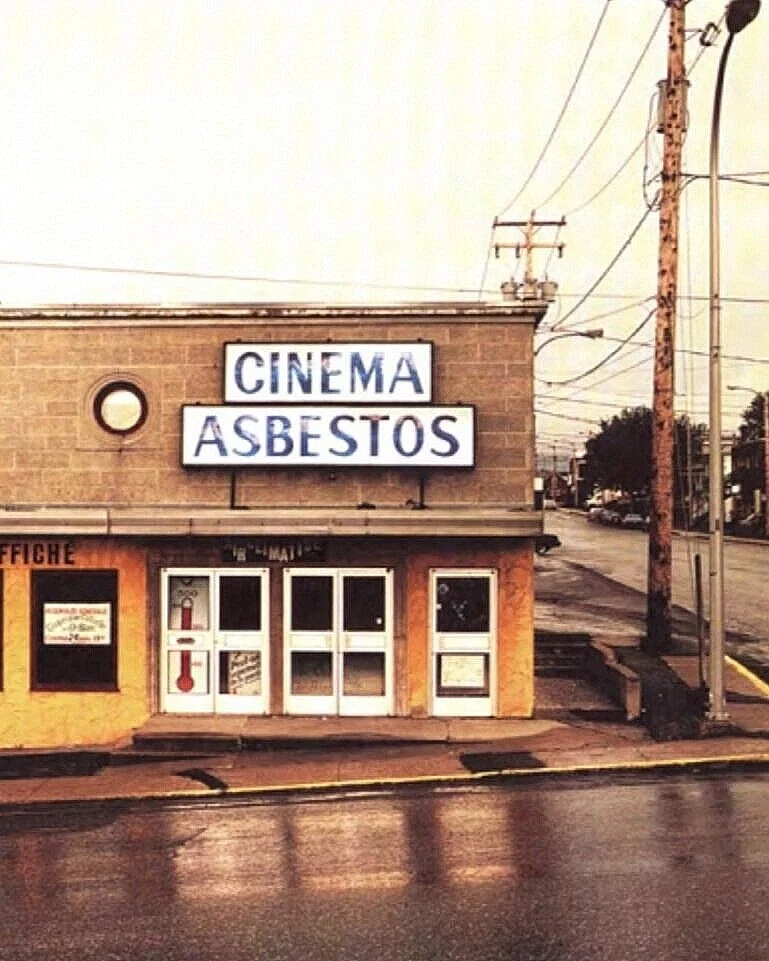Rx 4 / A Beautiful Ghetto
On a wide boulevard in Downtown Baltimore, police in heavy riot gear encroach on a lone protester cloaked in a bandana. This photograph, from Devin Allen’s series A Beautiful Ghetto, captures a key moment in the beginning days of the Baltimore uprising of 2015, following the murder of Freddie Gray by members of the Baltimore Police Department. Allen positions himself as a photographer in the middle of the scene, in solidarity with the protesters and in the trajectory of the incoming police. “When people . . . say my pictures are passionate,” Allen explained in a talk at Slought in 2018, “it’s because these are my people and this is my home.”
As the civil unrest pictured here made national headlines, it was mostly accompanied by sterile and dehumanizing imagery on breaking news of destruction and looting. Allen, who grew up in West Baltimore in the community in which Freddie Gray lived and died, instead offers an intimate and compassionate visual narrative of his friends and neighbors before, during, and after the uprising and the pain and promise they have experienced over many decades. This ephemeral moment of a young activist standing up to state power, posted to his social media feed, suddenly became iconic when it was picked up by TIME magazine and featured on its cover.
“These are my people and this is my home.”
This photo, and the series of which it is a part, offers an opportunity for those in medical professions to bear witness to the longstanding struggle and trauma of over-policing, urban segregation, and other racialized health crises. Allen’s work embodies the power of citizen activism to contest social injustice in an era of social media. A self-taught photographer, he harnesses the power and beauty of photography to educate and inspire the next generation of artists, activists, and citizens.
reflections…
Allen works in the traditions of both activism and documentary photography, and has chosen his own community as the subject matter of his practice. How can care providers similarly prioritize the necessity of working to end racial health disparities within their communities and the institutions they work within? How might clinicians draw inspiration from the work of artists such as Devin Allen to enact sustained interpersonal, structural, and institutional change for underrepresented minority groups in medicine?
How does visual representation inform our understanding of the communities we care for, as well as acknowledge generations of pervasive racial inequity, neglect and systemic trauma within the health care paradigm and outside of it? As physician, scholar and activist Eugenia South, MD asks, how can we strive to create a culture of antiracism in health care? In recognizing that exposure to abuse, neglect, discrimination, violence, and other traumatic experiences may increase a person’s lifelong potential for serious health problems and engaging in health-risk behaviors, how can we rigorously integrate a foundation of trauma-informed caregiving into everyday clinical practice?
SOURCES
AMA J Ethics. 2015;17(10):978-982. doi: 10.1001/journalofethics.2015.17.10.sect1-1510.
Center for Health Care Strategies. “Laying the Groundwork for Trauma-Informed Care.” January 2018. Available at: https://www.traumainformedcare.chcs.org/wp-content/uploads/2018/11/Brief-Laying-the-Groundwork-for-TIC.pdf.
Doll, KM & Thomas C 2020, “Structural Solutions for the Rarest of the Rare - Underrepresented-Minority Faculty in Medical Subspecialties.” N Engl J Med 2020; 383:283-285. DOI: 10.1056/NEJMms2003544.
Lewis, Sarah. “Vision and Justice.” Aperture 223 (Summer 2016). Available at: https://www.icp.org/infinity-awards/vision-and-justice
“Moments Within the Movement: A Conversation - Programs.” Slought, 24 Apr. 2019, slought.org/resources/moments_within_the_movement_a_conversation.
South EC, Butler PD, Merchant RM. Toward an equitable society: building a culture of antiracism in health care [published online ahead of print, 2020 Jul 21]. J Clin Invest. 2020;141675. doi:10.1172/JCI141675






